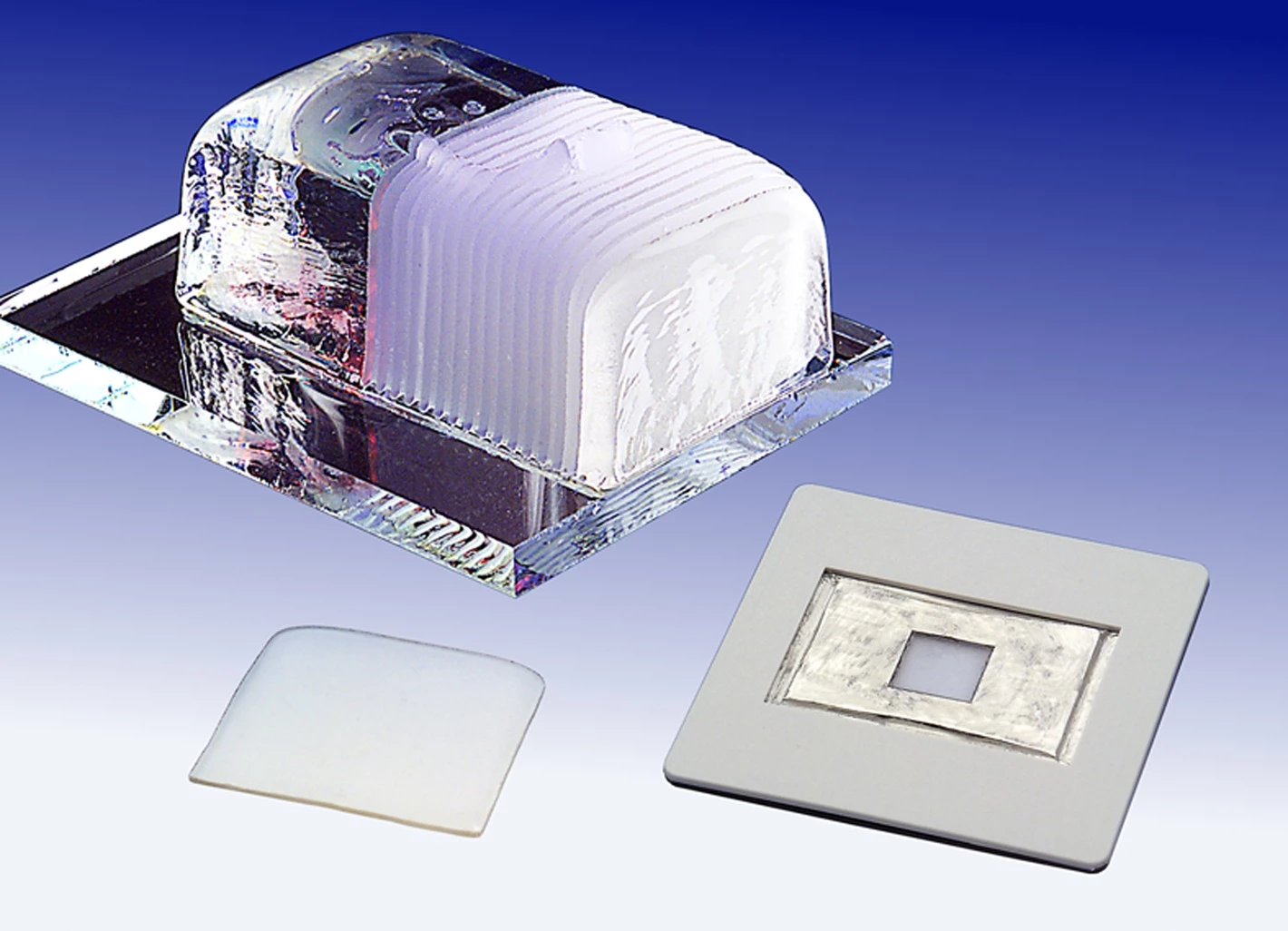Valuable paintings that are shipped or loaned to museums or other destinations around the world will soon have unusual traveling companions for their long journeys – sensors that can detect the buildup of pollutants within their specially-designed shipping crates. Occasionally, adhesives and other chemicals within the crates can breakdown and the fumes can damage the works of art. But the new sensors, developed by scientists at the Fraunhofer Institute for Silicate Research ISC in Würzburg, Germany, will detect these dangerous substances and help avoid the treasures being damaged.
While the microclimate inside the cases keeps the polluted outside atmosphere at bay, the environment within the cases – that are made of plastic, wood and glass to protect the works of art - can also emit damaging substances such as acetic acid. These substances react with the oil paint, causing it to gradually degrade. Even the paintings themselves can also emit pollutant gases that build up inside the case. Similar problems can be encountered when paintings are stored in the vaults of a museum or put on display in an enclosed, climate-controlled showcase.
Various environmental sensors will soon be available to measure the amount of gases inside the case.
One of these sensors is a glass dosimeter, which is particularly sensitive to the presence of acids. “The acid attacks the surface of the glass and gradually erodes it. After a few days, a reaction layer starts to form. We quantitatively analyze this reaction layer using an infrared spectrometer. A few weeks later, crystalline products may also start to appear on the surface of the glass, enabling us to identify the type of acid involved,” said the head of the relevant ISC business unit, Dr Gerhard Schottner.
The new sensors will also be able to detect atmospheric pollutants that produce nitrogen and sulfuric oxides inside the showcases.
“The sensors help us to identify the pollutant gases and determine which were produced inside the showcase and which have penetrated it from outside. They enable us to build zero-emission showcases and substantially improve the microclimate surrounding the valuable artworks,” says Schottner.
Another use for the sensors will be when assessing claims for damages sustained by a painting during shipment, because they enable the display-case manufacturer to provide documented evidence of the origin of the harmful emissions. The research team has already conducted initial pilot tests.






